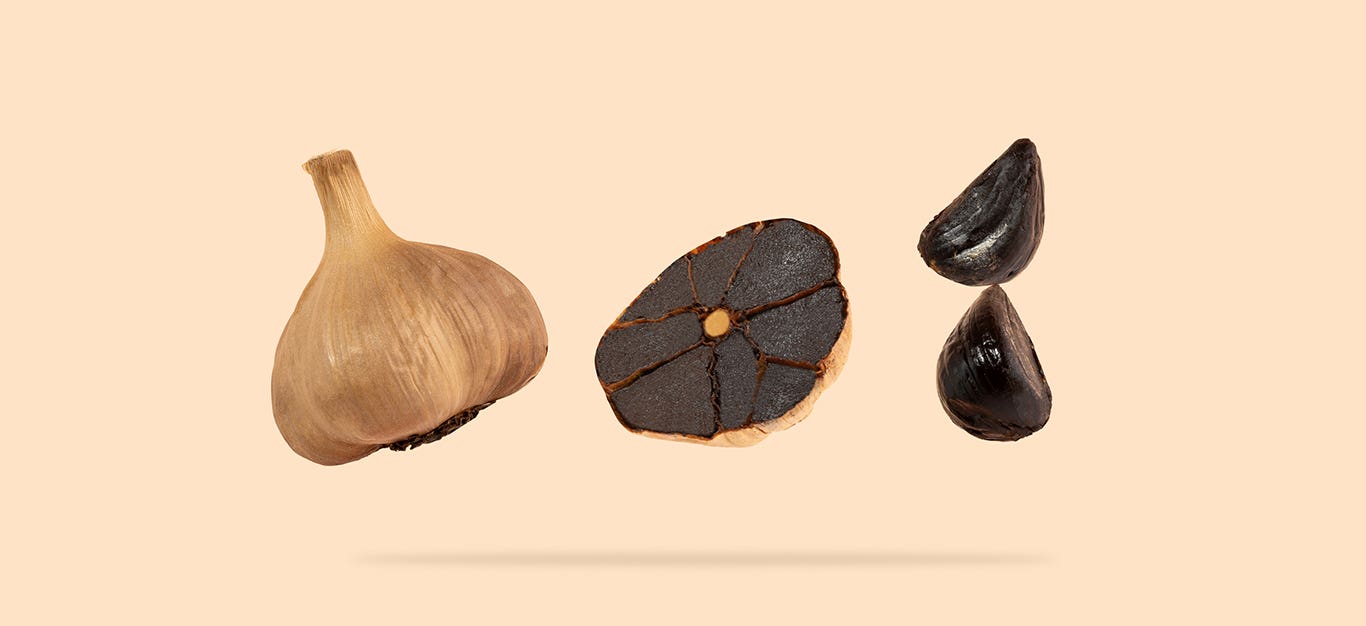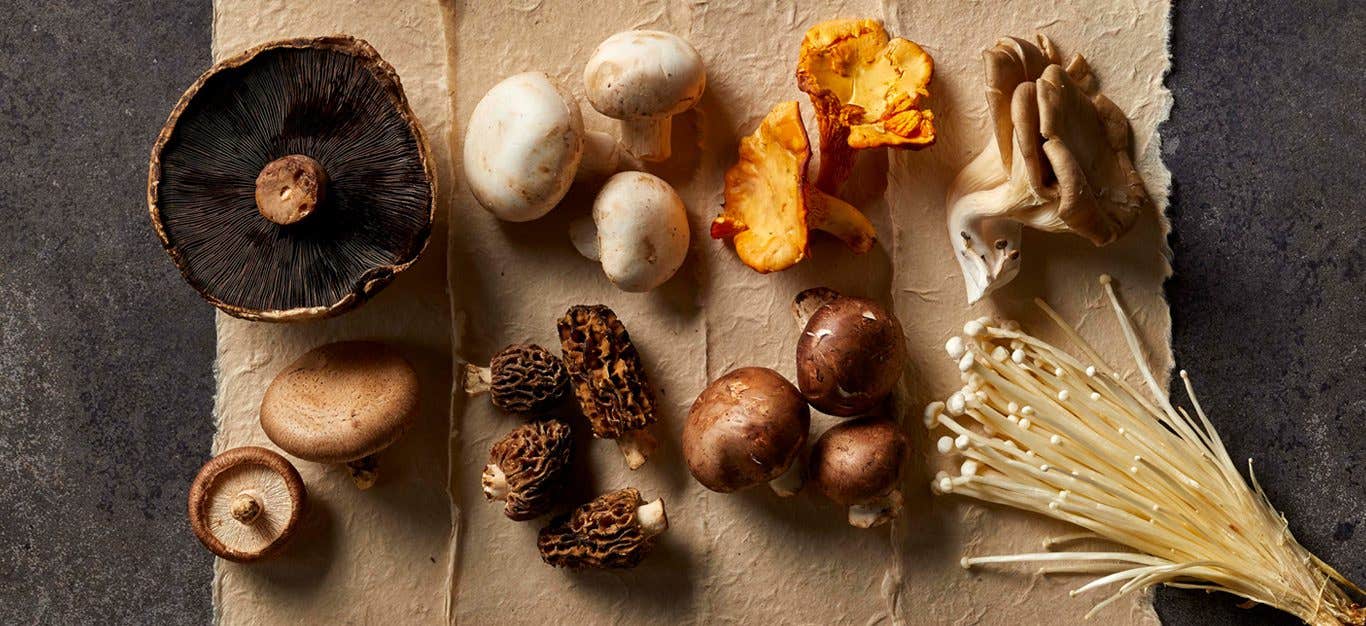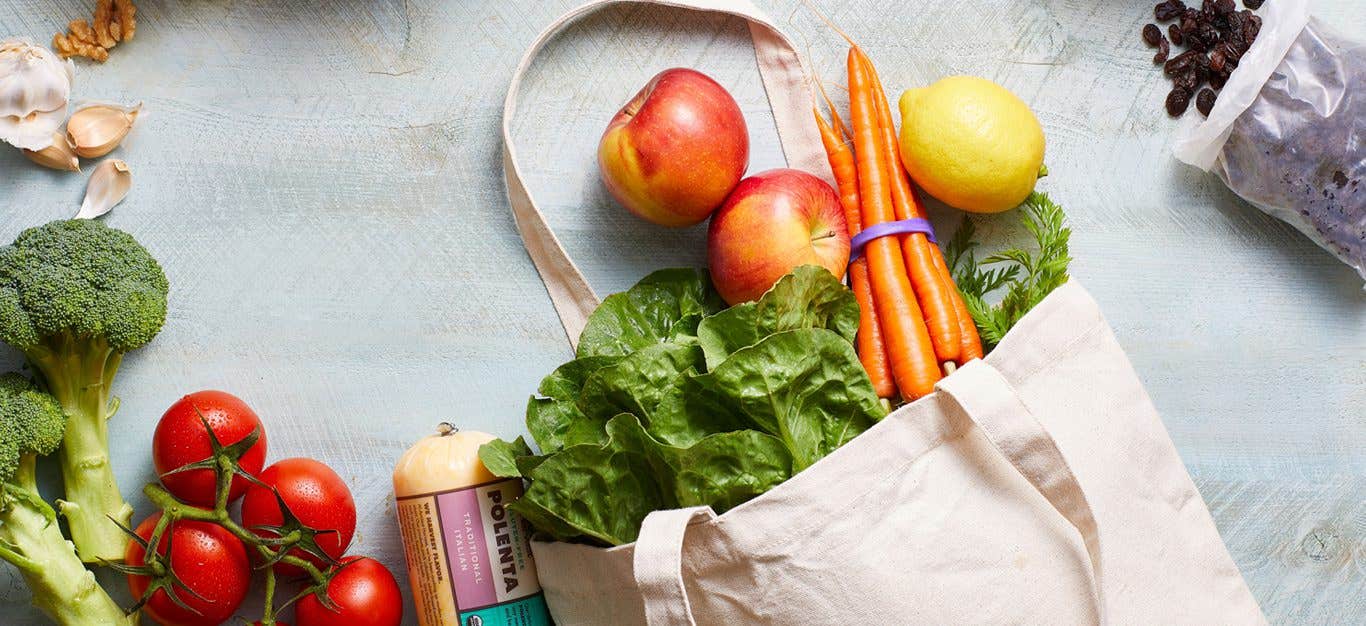Want to tap into the power of umami to add more flavor and satisfaction to your cooking? Here’s everything you need to know about the savory taste sensation, from what umami means and when it was discovered as the fifth core taste, to the foods that are highest in umami.
What Is Umami?
Umami (pronounced “oo-MAH-me”) is a Japanese word that means the essence of deliciousness, delicious taste, or savoriness, depending on the translation. The term is used in English (and many other languages) to describe a rich, savory, lingering taste sensation that comes from certain foods.
In the early 21st century, umami—or savory, as it’s sometimes called in English—joined bitter, sour, salty, and sweet as one of the core tastes. While bitter, sour, salty, and sweet are easy to distinguish, umami can be hard to define, though it’s sometimes described as meaty, brothy, rich, or salty.
How Umami Was Discovered
Why do some foods just taste better than others? That was the question Japanese chemist Kikunae Ikeda asked himself in 1907 when he was eating a bowl of soup that was especially delicious. He traced the difference to the kombu (dried kelp) used in the broth and ultimately to the high concentration of glutamates in the kombu. Ikeda coined the term umami to describe the distinctly different taste sensation caused by glutamates. He then went on to study other foods to confirm his theory. Research into umami continued and, in 2002, scientists identified umami taste receptors on the tongue, making umami officially the fifth taste.
Umami, Glutamates, and MSG
Just as sweet and salty are our taste perceptions of sugar and salt, umami is the taste perception of glutamate, an amino acid found in most foods. Unless you are highly sensitive to glutamate or have severe food allergies, naturally occurring glutamates and the umami they trigger are a good thing. They help balance and heighten other flavors and can literally make a dish mouthwateringly good: Umami has been shown to stimulate the production of saliva.
Many people confuse umami and glutamates with monosodium glutamate (MSG). MSG is a food additive made by isolating and extracting glutamates to make a flavor-enhancing powder. Because it is pure glutamate, MSG stimulates umami sensations and heightens taste perceptions, which is why it is widely used in prepared foods. But you don’t need MSG to add umami to dishes; the naturally occurring glutamates in certain foods will also do the trick.
Why Umami Is Important in WFPB Cooking
Umami-rich ingredients don’t just taste especially delicious; they can be used to adjust and enhance what you’re cooking. Umami is especially clutch in whole-food, plant-based cooking for a few reasons. For one, it can lend a savory, meaty flavor without the meat. It can also provide a well-seasoned sensation without the addition of salt. And it can help distribute and balance the other tastes in a recipe without the use of fat.
10 Foods Naturally High in Umami
A range of plant-based foods are high in glutamate, the amino acid that triggers the umami sensation, and some might surprise you. Once you know where to find umami, you’ll be able to recognize it, familiarize yourself with its taste, and seek out recipes that maximize its potential.
Tomatoes
Fresh, canned, roasted, or sun-dried, tomatoes top the plant-based umami charts. Roasted and sun-dried tomatoes have the highest concentrations.
Mushrooms
Shiitakes clock in with the highest umami factor among mushrooms, but all mushrooms, especially dried, have flavor-enhancing benefits.
Peas
Surprised to learn that subtle-flavored sweet peas are actually umami powerhouses? So were we! Now we know why they’re an essential component of fried rice.
Fresh Corn
Sweet, juicy fresh corn also boasts an impressive umami factor, which helps round out other flavors in dishes.
Nuts
Amino acids including glutamate are the building blocks of protein, and protein-packed nuts are an excellent source of umami.
Sea Vegetables
Seaweed is where umami research first began, and all types of sea vegetables (except wakame) are high in glutamates.
Miso
Miso paste delivers a one-two punch of savoriness: Soybeans are rich in glutamate to begin with, and the fermentation process that they undergo for miso further amps up their umami factor.
Soy Sauce and Tamari
Like miso, soy sauce and its wheat-free sister seasoning, tamari, are fermented soy products. Both are salty, yeasty, and loaded with umami.
Nutritional Yeast
The drying process used to make flakes of nutty, cheesy nutritional yeast breaks down yeast proteins into amino acids, including glutamic acid (glutamate).
Garlic
All types of garlic—including fresh, roasted, and black garlic—get a lingering deliciousness from umami.
Recipes to Try
Foods with umami are the ultimate secret ingredients in healthy plant-based recipes. Here’s a sampling of umami-forward WFPB recipes to try.
- 10-Minute Sage and Mushroom Tartine
- Vegan Miso Soup with Noodles and Tofu
- Creamy Brussels Sprouts With Sun Dried Tomatoes
- Grilled Chinese Eggplant with Spiced Vinegar Sauce
- Vegan Sisig
- Roasted Celeriac Steaks with Mushrooms and Sweet Potato Mash
- White Bean Fettuccine Alfredo with Peas and Sun-Dried Tomatoes
- Rice Vermicelli Bowls with Bok Choy and Adzuki Beans
- Sweet and Sour Vegetable Soup
Looking for more healthy-cooking inspiration? Check out Forks Meal Planner, FOK’s easy weekly meal-planning tool to keep you on a healthy plant-based path. To learn more about a whole-food, plant-based diet, visit our Plant-Based Primer.
Related News
Get Our Best Price On The Forks Meal Planner

Forks Meal Planner takes the guess work out of making nutritious meals the whole family will enjoy.
Master Plant-Based Cooking!

Our new course features over 100 lessons, 50+ recipes, downloadable guides, and more!




